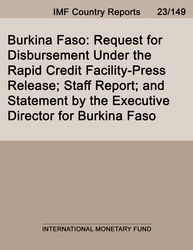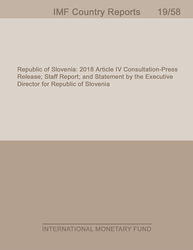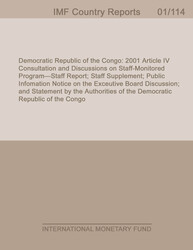
Burkina Faso: Request for Disbursement Under the Rapid Credit Facility-Press Release; Staff Report; and Statement by the Executive Director for Burkina Faso
Burkina Faso: Request for Disbursement Under the Rapid Credit Facility-Press Release; Staff Report; and Statement by the Executive Director for Burkina Faso
READ MORE...
Volume/Issue:
Volume 2023
Issue 149
Publication date: April 2023
ISBN: 9798400240713
$20.00
Add to Cart by clicking price of the language and format you'd like to purchase
Available Languages and Formats
| English |
Prices in red indicate formats that are not yet available but are forthcoming.
Topics covered in this book
This title contains information about the following subjects.
Click on a subject if you would like to see other titles with the same subjects.
Exports and Imports , Finance , Money and Monetary Policy , Public Finance , International - Economics , staff appraisal , NPV terms , HIPC initiative legacy , arrears from Burkina Faso , IMF team , Food security , Debt sustainability , Credit , Global , West Africa
Also of interest
Summary
Following two military coups in 2022, Burkina Faso remains committed to return to constitutional order, via democratic elections, by July 2024. Deviations from this timeline could put at risk the relationships with financial partners and donors. Deteriorating security, unfavorable climate conditions, the disruption of international supply-chains caused by the COVID-19 pandemic, and Russia’s invasion of Ukraine are all factors that contributed to sharply rising food prices during 2021-2022. As a result, food access for poor households deteriorated significantly, and at present about 3.4 million Burkinabé (out of a population of 21.5 million) are in conditions of food crisis, while one province is in a situation of food emergency, as defined by the World Food Program. In addition, the adverse impact on the current account of price increases for key cereals and fertilizers is estimated to amount to 0.4 percent of GDP cumulatively during 2022 and 2023. The overall costs to fully address food insecurity over the next year are estimated to be up to 3.5 percent of GDP.
Copyright © 2010 - 2025
Powered by:
AIDC



